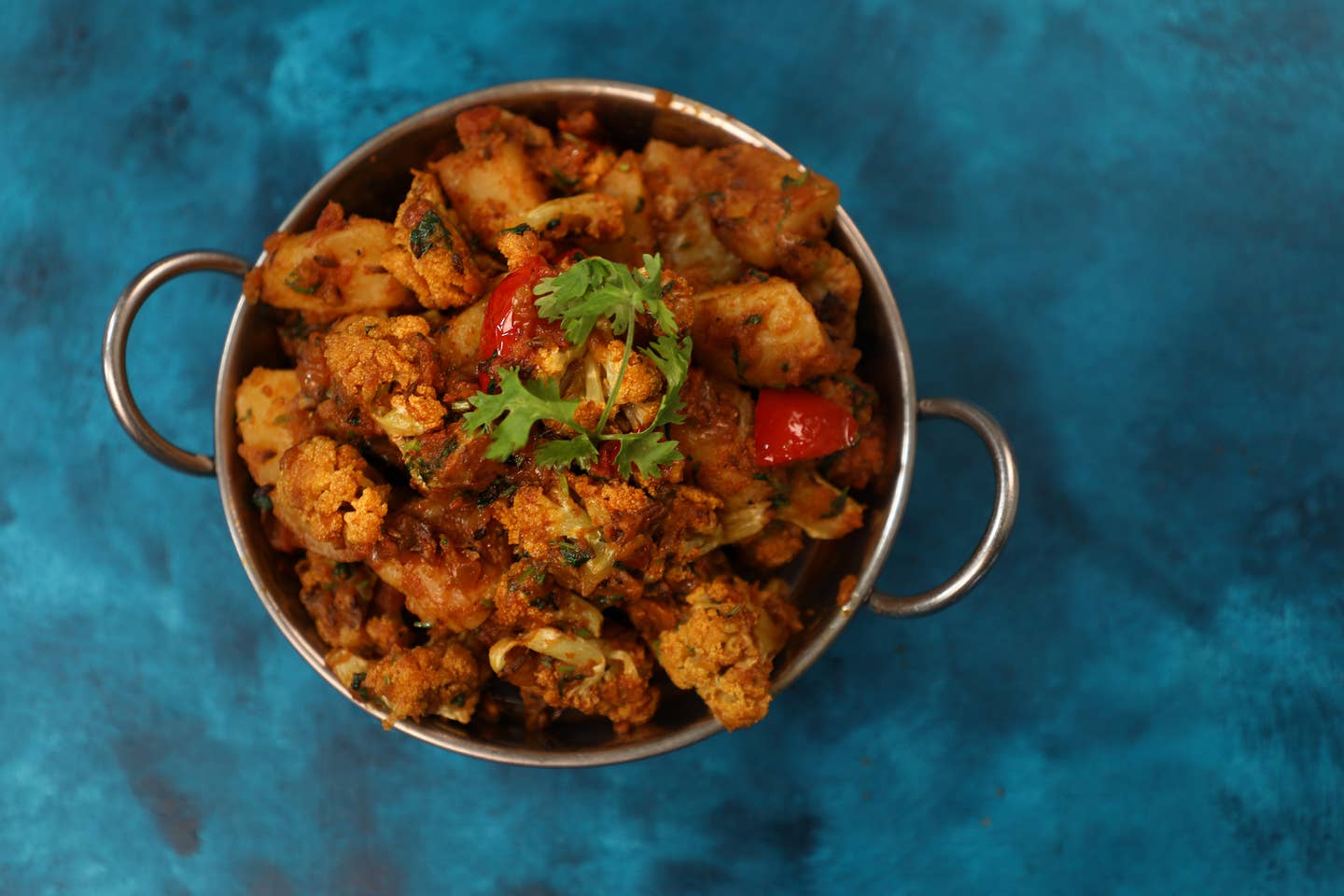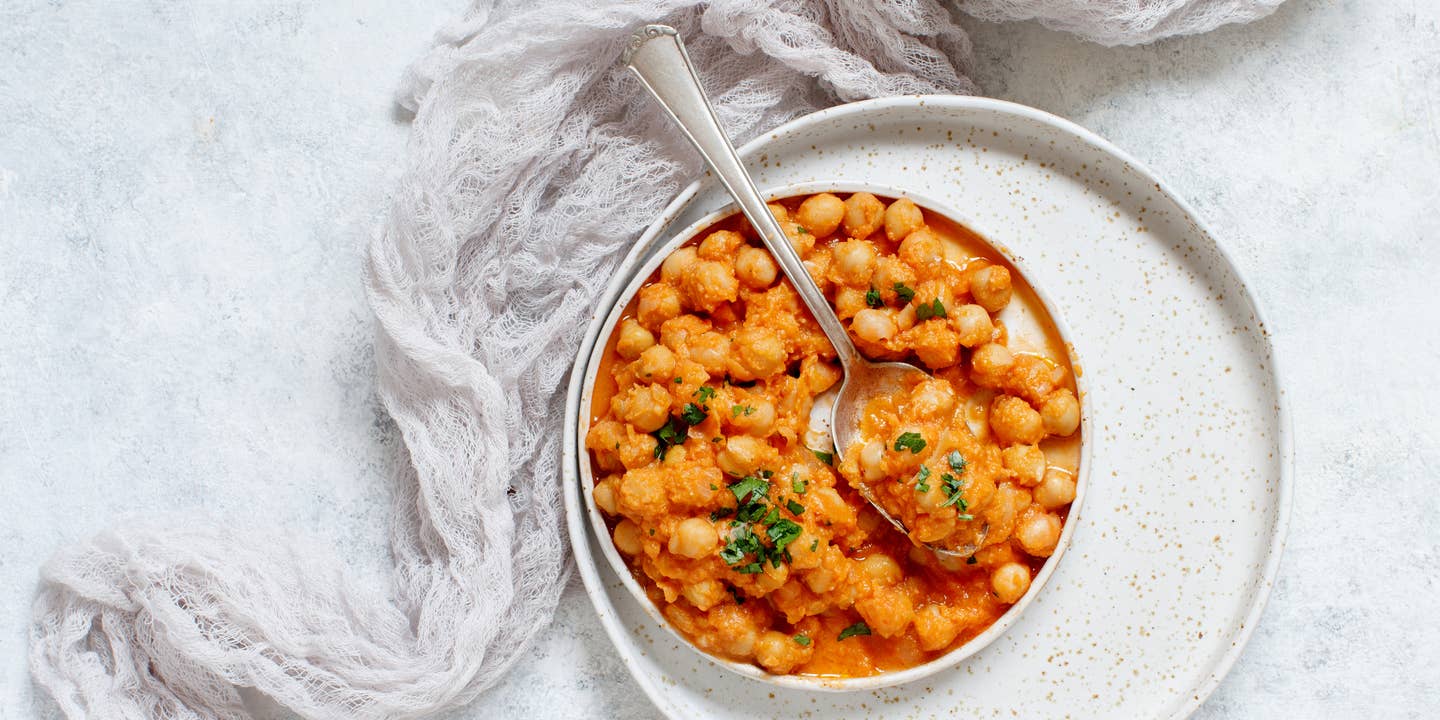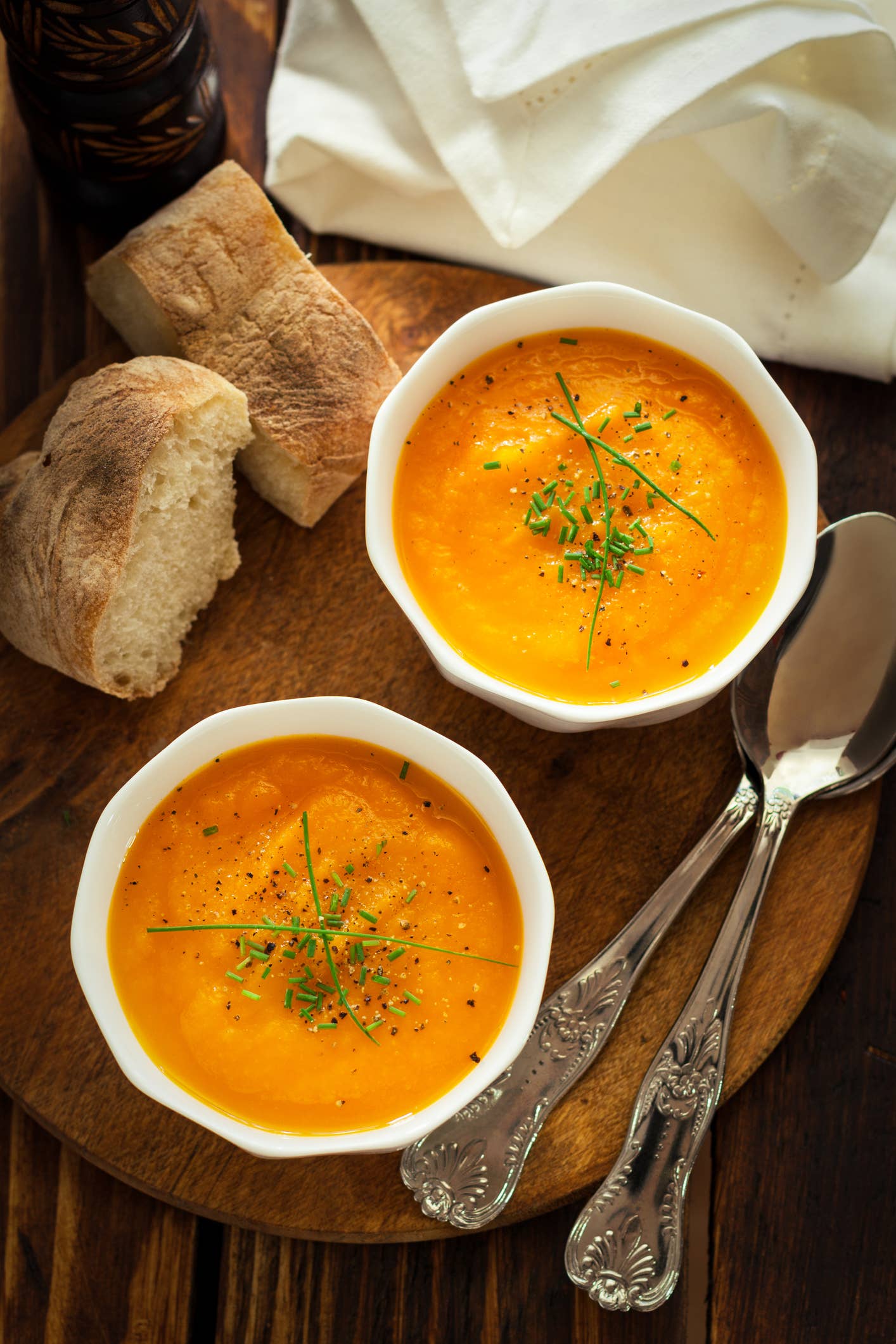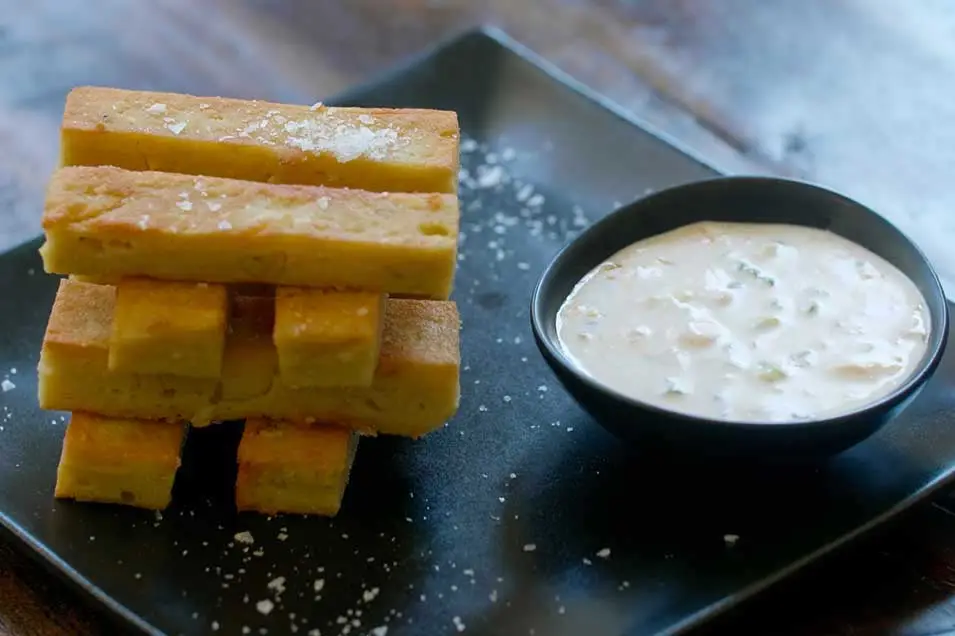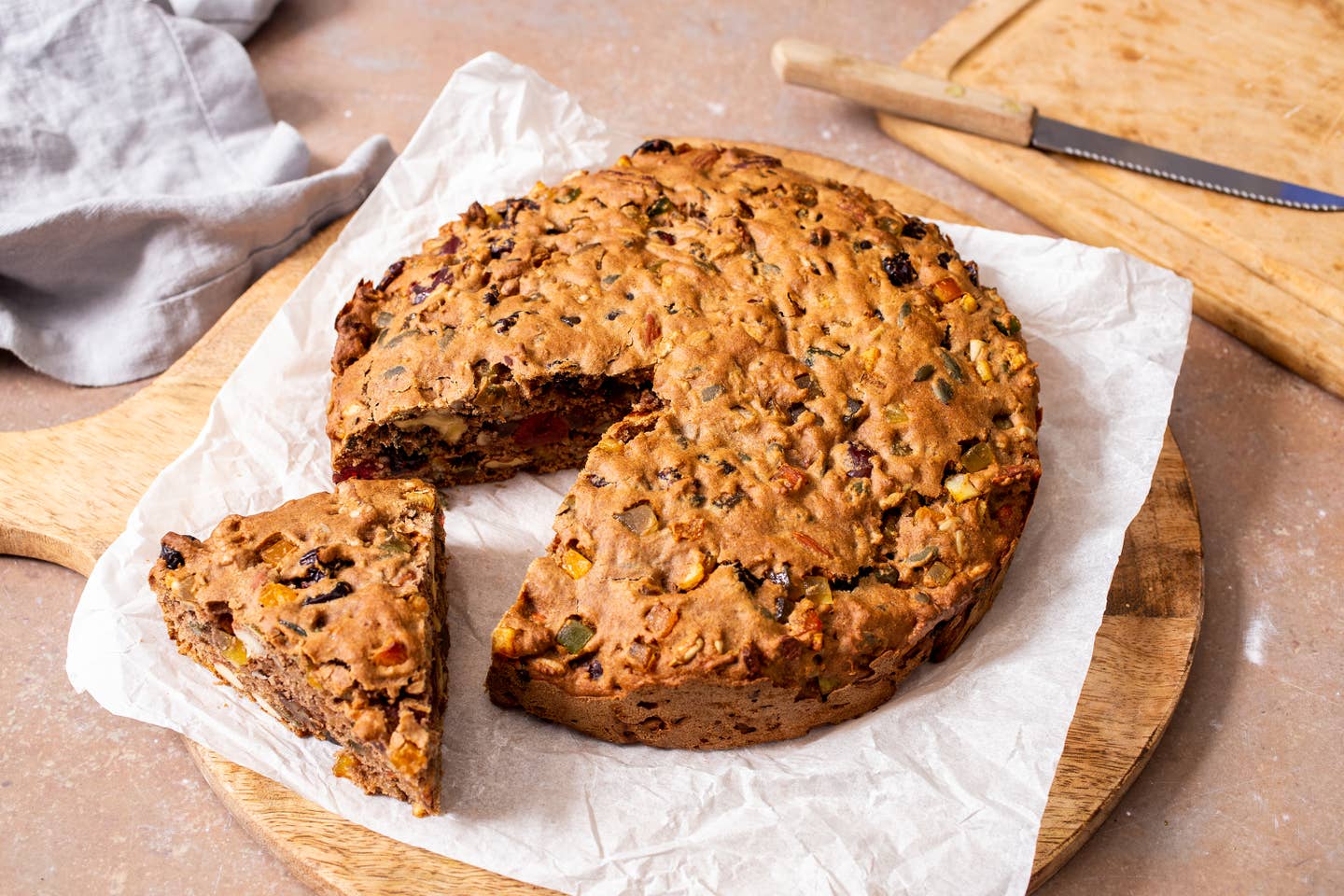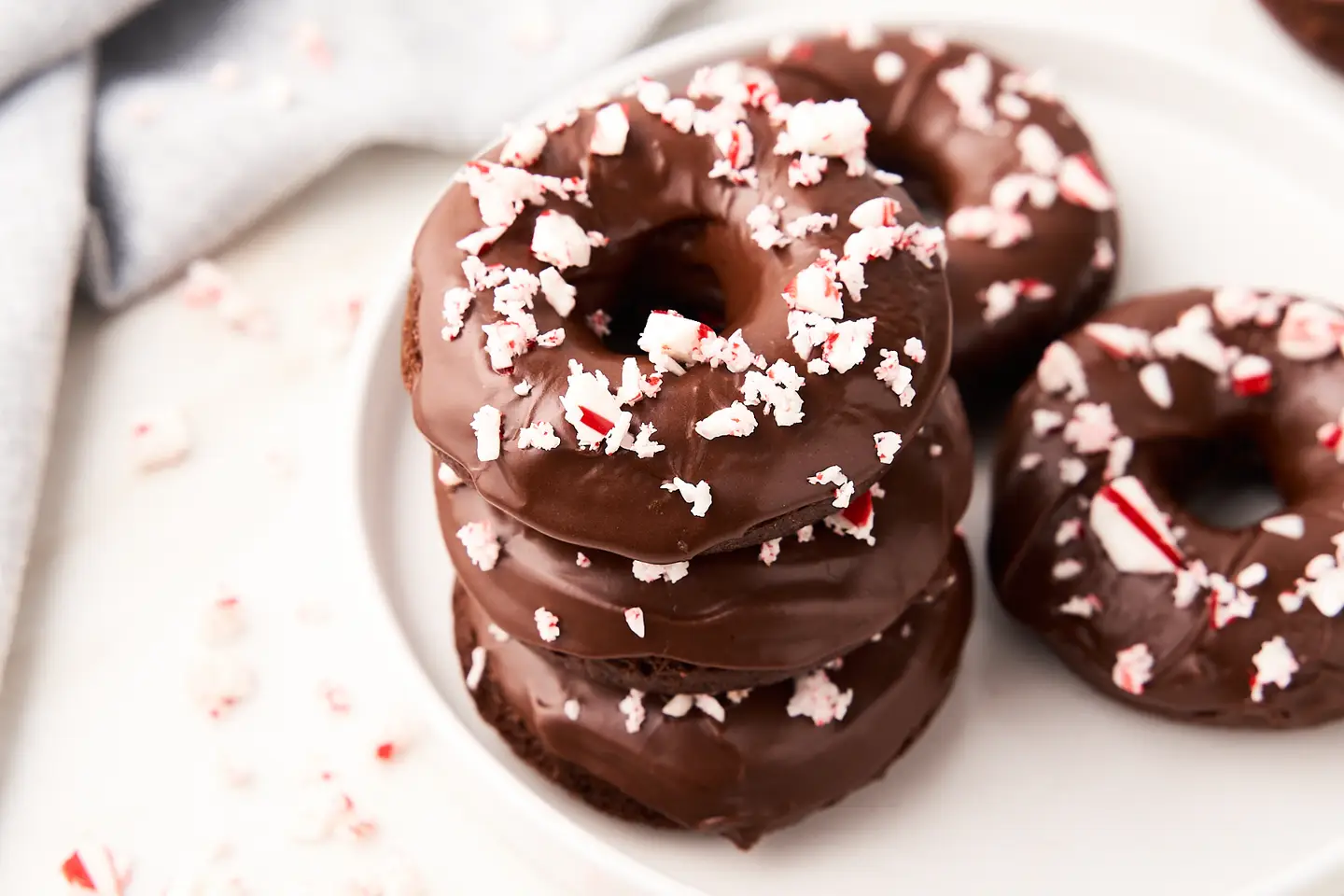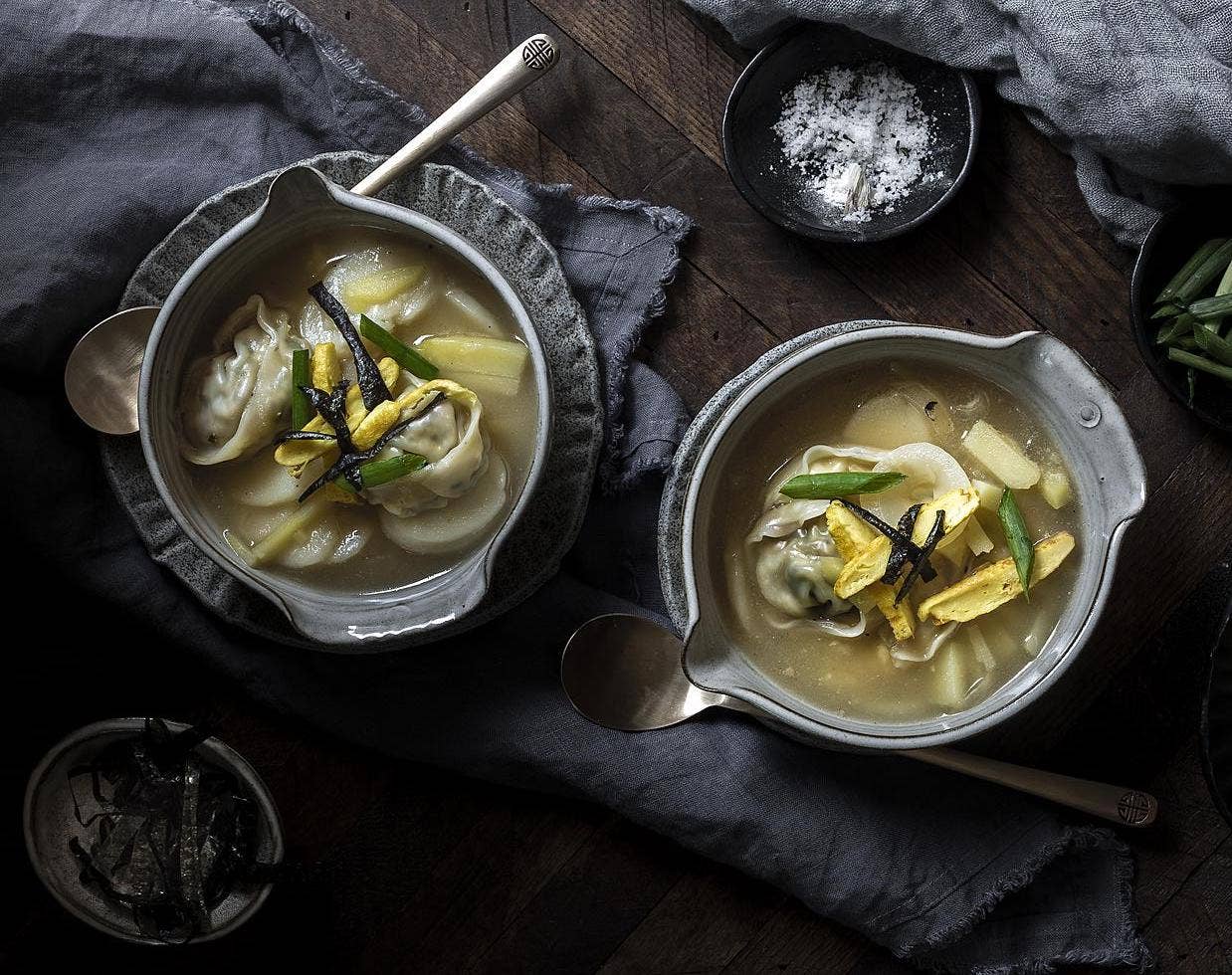
Vegan Rice Cake Soup with Dumplings For Lunar New Year
Tteokguk (or “rice cake soup”) is one of my most requested recipes. The minute people find out I veganize Korean food, they ask, “Hey, do you have a tteokguk recipe?” These days, most people assume that tteokguk includes dumplings; but, to be accurate, tteokguk is, like most Korean cuisine, a rather humble soup that consists of broth and rice cakes. Tteokguk with dumplings makes for a more luxurious dish and is called ttoek- mandu [dumpling] guk, though most people now just use the name tteokguk to refer to both.
Tteokguk is not only the quintessential Korean comfort food, it is a dish steeped in tradition and meaning. It is served on New Year’s Day (whether you celebrate that according to the Lunar or Western calendar), and the rice cakes symbolize luck or blessings to come in a brand new and “pure” year. On every New Year’s Day that I’m not with my family, I make myself a pot of tteokguk— not because it’s “tradition,” but because it reminds me of the mornings I spent with my family huddled over a piping hot bowl of soup, asking my mom for more tteok in my guk.
Rice Cake Soup with Dumplings (TTEOK- MANDU GUK (떡만두국)
Serves 6
Ingredients
- 1 tablespoon extra-virgin olive oil
- 1 teaspoon sesame oil
- ¼ cup chopped white onion
- 1 clove garlic, minced
- 2 teaspoons salt, plus more for serving
- 1½ cups frozen or fresh garraetteok oval discs
- 1 Yukon Gold potato, cut into half-moons
- 3 cups vegetable broth
- 4 or 5 Mandoo (recipe follows)
- 1 teaspoon freshly ground black pepper
For garnish
- Strips of Gyerranmari (recipe follows)
- Nori strips
- 2 scallions, chopped
Instructions
- In a large pot, heat the olive oil and sesame oil over medium-high heat until hot, about 30 seconds. Add the white onion, garlic, and salt and cook until fragrant, about 2 minutes.
- Add the rice cakes and the potatoes and stir to coat evenly with oil. Add the broth and deglaze the bottom of the pot. Bring it to a boil, then reduce the heat to low and simmer until the potatoes are nearly cooked, about 15 minutes.
- Add the mandoo (dumplings) at the very end and cook for 1 more minute. Season with salt and pepper to taste.
- To serve, garnish with the gyerranmari, nori strips, and scallions.
Growing up, my mother would spend hours chopping up all the vegetables for her famous dumplings. She would then hunker over the kitchen counter or sit on the floor to wrap row after quiet row of pillowy little pockets of deliciousness. While wrapping dumplings with my mother, aunts, and cousin, my eemo (my mother’s sister) recalled, laughing, “Your grandmother would trick us into wrapping these all day long by telling us how extra-talented we were at it! And how beautifully we made our dumplings!” My dumplings are not nearly as lovely as my mother’s (yours don’t need to be either), but there are a few recipes in this book that make me feel more like her daughter, and my hahlmuhnee’s granddaughter.
Dumplings (MANDOO (만두)
Makes 40 to 50 small dumplings
Ingredients
- 1 tablespoon extra-virgin olive oil
- 1 tablespoon sesame oil
- 1 potato, roughly chopped
- 2 carrots, roughly chopped
- 4 scallions, roughly chopped
- 10 cremini mushrooms, roughly chopped
- 1 cup Baechu Kimchi
- 2 to 3 cloves garlic, roughly chopped
- 2 teaspoons salt
- 1 teaspoon freshly ground black pepper
- 1 tablespoon soy sauce
- 1 tablespoon toasted sesame seeds
- 2 ounces sweet potato vermicelli, cooked according to package directions
- 1 (16-ounce) block extra-firm tofu, pressed
- 1 tablespoon soup (light) soy sauce
- 1 (14-ounce) package dumpling wrappers
- Spicy Soy Sauce Dressing (recipe follows), for serving
Instructions
- In a large skillet, heat the olive oil and sesame oil over medium-high heat. Add the potato, carrots, scallions, mushrooms, kimchi, garlic, salt, and pepper and cook until the vegetables are soft, about 5 minutes. Add the regular soy sauce to deglaze the pan and cook for 1 more minute.
- Scrape all the cooked vegetables into a food processor. Add the sweet potato noodles and pulse 16 to 20 times, until the vegetables are at almost a paste like consistency.
- Transfer the mixture to a large bowl. Add the tofu and use a fork to mash up the tofu and mix it into the processed vegetables.
- Season with more salt as needed—this is your last opportunity to season the filling. Use the filling to stuff the dumplings right away or place it in the refrigerator until you are ready to wrap. (The process is easier if the filling has been in the refrigerator for about 1 hour.)
There is nothing more satisfying than coming home after a long day of work and whipping up a dish that looks and tastes like you’ve been slaving away in your kitchen all afternoon. This insanely flavorful dressing is the magic potion that makes it possible. It only takes 15 minutes to put together, and it lasts in the refrigerator for weeks. Not only can you use this dressing as a dipping sauce for your favorite savory dishes, but you can also pour a little bit over beans, vegetables, or even a bowl of rice, or use it to braise tofu. You’ll have yourself something that looks and tastes fancy but could not be simpler.
Spicy Soy Sauce Dressing
Makes 1 1/2 cups
Ingredients
- 1 cup soy sauce
- 2 tablespoons gochugaru
- 3 to 4 cloves garlic, minced
- 2 scallions, chopped
- ¼ cup finely diced red onion
- 1 shishito pepper or jalapeño, sliced
- 1 Fresno pepper, sliced
- 2 tablespoons brown rice syrup or maple syrup
- 1 tablespoon rice vinegar
- 1 tablespoon mirin
- 1 teaspoon freshly ground black pepper
- ½ teaspoon ground turmeric
Instructions
- In a small bowl, whisk the soy sauce, gochugaru, garlic, scallions, red onion, shishito pepper, Fresno pepper, brown rice syrup, rice vinegar, mirin, black pepper, and turmeric together.
- Store in a covered container in the refrigerator for up to 1 month. Shake well before serving.
Here are more great recipes to make for Lunar New Year.
Nutritionals
Calories 791 | Total Fat 13.2g | Saturated Fat 13.2g | Sodium 1700 | Total Carbohydrates 142g | Dietary Fiber 21.4g | Total Sugars 8.6g | Protein 24.2g | Calcium 205mg | Iron 8mg | Potassium 643mg
More From The Beet
